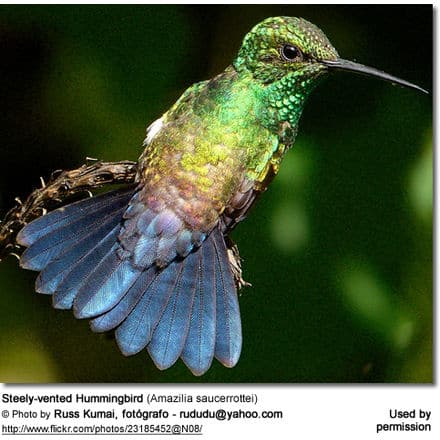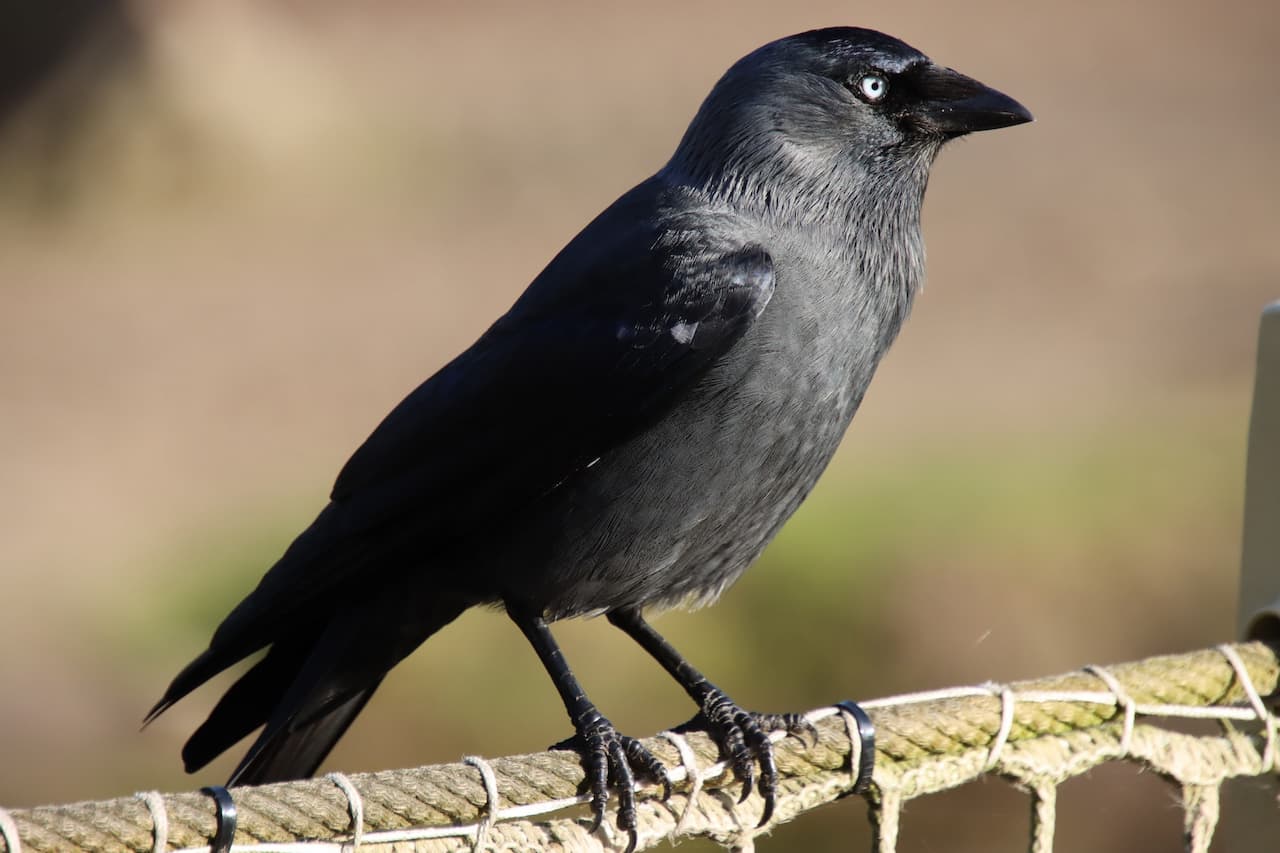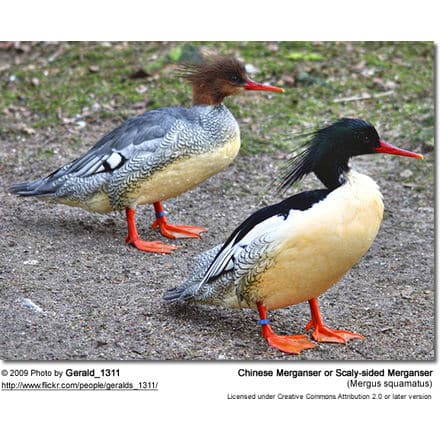Bearded Bellbirds aka Campanero or Anvil-birds
The Bearded Bellbirds (Procnias averano) are cotingas found in tropical northern South America.
Subspecies and Ranges:
Two races are currently recognized:
- Procnias averano averano – nominate form
- Range: northeastern Brazil
- Procnias averano carnobarba
- Range: Venezuela, Trinidad, extreme northeastern Colombia, western Guyana and far northern Brazil
Description:
The striking Bearded Bellbird has a black, broad hooked-tipped bill and rounded wings. The eyes are dark and the legs grey to black. .
The male measures about 11 inches (28 cm) in length – including the tail – and weighs about 6.5 oz (180 g). The plumage is white or greyish-white, except for the black wings and brownish head. He has a “beard” of un-feathered, black mossy wattles.
The smaller female is about 10.5 inches (27 cm) long and weighs about 4.5 oz (130 g). She is olive-green on the upper plumage – a little duskier on her head. Below she is yellow streaked with green. Her vent is pure yellow. The female lacks the facial wattles (“beard”) of the male.
Songs / Vocalizations
The male’s call is described as either a very loud dull Bock that is repeated every few seconds or a less loud, metallic hammering tonk-tonk-tonk-tonk. Regional variations have also been identified, such as an almost hissing, bisset in southern Venezuela and a disyllabic teek-terong in northern Venezuela.
Females are basically silent.
Breeding / Nesting
Most breeding activity is observed between April and November in Trinidad; and between May and September in Northern Venezuela.
The female builds a flimsy nest out of twigs, which is usually placed in the outer branches of a tree. The average clutch consists of one single brown-mottled, light tan egg, which is also incubated by the female alone.
The male is polygamous – mating with several females.
Diet:
Bearded Bellbirds mostly feed on fuits and berries. They particularly favor the flowering plants Lauraceae and Burseraceae. The female feeds the chicks regurgitated Lauraceae.
Relevant Web Resources
Bellbirds … Bellbird Photo Gallery
Species Research by Sibylle Johnson
Please Note: The articles or images on this page are the sole property of the authors or photographers. Please contact them directly with respect to any copyright or licensing questions. Thank you.



